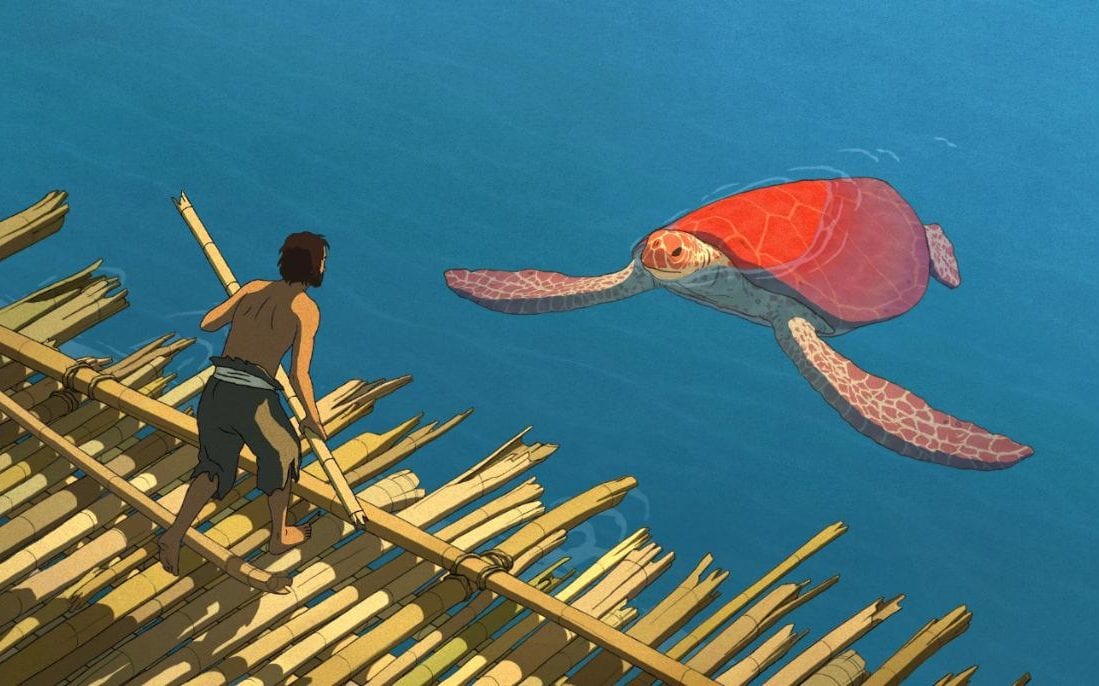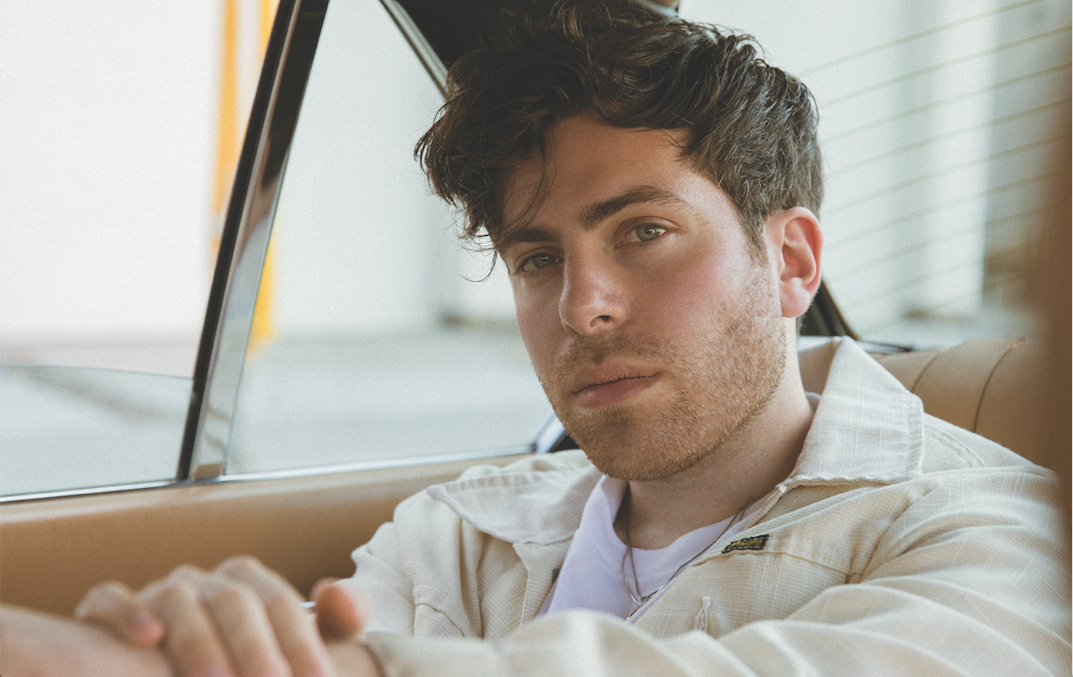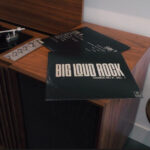Profundity is a hard thing to quantify, and it’s even harder to grasp, particularly if your artistic vision depends entirely on feeling as though it is profound. The Red Turtle, a collaboration between Danish-British animator Michaël Dudok de Wit and the acclaimed Studio Ghibli, feels at times like it wants to reach the heights of artistic cinema, and to the film’s credit it is at least entertaining while trying to do so. However, it just doesn’t quite reach the mark, partially as a consequence of its narrative conceits, but mostly because there just isn’t enough movie here to justify even its meager 80-minute runtime.
The film opens on a nameless man adrift at sea as he washes up on the shore of a bamboo-covered island. In his struggle to survive, he builds a series of rafts, each of which is destroyed by a mysterious red turtle that seems intent on preventing him from leaving. To delve further into the plot would be to give away the film’s biggest surprise, but suffice it to say that the remainder of the film functions as a meditation on life, maturity, and, oddly enough, relationships. All of this is presented wordlessly, save for a few guttural noises that substitute speech in key moments, and the film does a pretty fine job of communicating its story merely through character action and visual cues.
Read more: Jackie is built on a fantastic lead performance and little else
And if we’re grading The Red Turtle on a purely visual basis, there are few animated films that are quite so gorgeously rendered. Every motion is fluid and crisp, the result of obviously painstaking effort by a team of some of the world’s best animators. The use of color is fantastically realized, using burnt oranges, deep blues, luscious greens, and even shades of gray to evoke a wide range of emotional responses. Even when the film cheats a little and uses CGI enhancements to create water effects or the otherworldly motions of sea turtles, the effect is astounding.
Unfortunately, there’s only so far the film’s central premise can be stretched before it starts to meander into tedium. The lack of voiceover is a bold narrative choice, but if there isn’t anything interesting to back it up, the boldness starts to ring a little hollow. While the film certainly does have a message and is rife with symbolic imagery, it doesn’t end up adding up to much more than the obvious, so while the film is quite beautiful to behold, that beauty is largely superficial.
Still, if you’re a fan of animation, The Red Turtle is worth checking out as a visual spectacle alone. Its central story is solid enough to carry the film, but the wordless narrative conceit seems better suited to a short subject than a feature film; at least then the pretentiousness of it wouldn’t overstay its welcome and would work in concert with the animated visual splendor. As it stands, though, this is a decent little film that isn’t quite as profound as its creators or their pedigree would have you believe.













